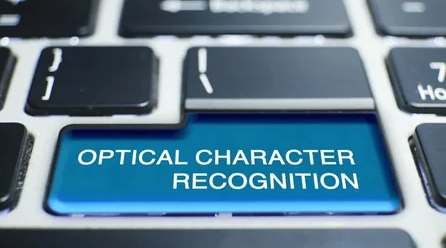The Benefits of Using a Virtual Data Room Service
In today’s fast-paced digital world, the need for secure, efficient, and streamlined information management has never been greater. Whether you’re a startup negotiating a pivotal merger, a legal firm handling sensitive client data, or a business executing complex transactions, having the right tools at your disposal can make all the difference. Enter the Virtual Data Room (VDR) service—a game-changing solution for businesses of all sizes.
What is a Virtual Data Room?
A Virtual Data Room is a secure online repository used for storing and sharing sensitive information. Unlike traditional physical data rooms, VDRs offer a digital environment that ensures high levels of data protection and accessibility. They are often used in scenarios like mergers and acquisitions (M&A), legal proceedings, and financial transactions where confidentiality and efficiency are paramount.
Why Switch to a Virtual Data Room?
- Enhanced Security
In an era where data breaches and cyber threats are ever-present, security is a top priority. VDRs are equipped with advanced security features including encryption, multi-factor authentication, and customizable permissions. This means that your confidential information is protected from unauthorized access and cyber threats, providing peace of mind for both you and your stakeholders.
- Increased Accessibility
Traditional data rooms require physical presence and manual handling of documents, which can be time-consuming and cumbersome. VDRs, on the other hand, allow users to access documents from anywhere in the world, at any time, via a secure internet connection. This flexibility facilitates quicker decision-making and accelerates transaction processes, a crucial advantage in today’s competitive market.
- Streamlined Collaboration
Effective collaboration is essential in any complex business transaction. VDRs offer tools for real-time communication and document sharing, making it easier for multiple parties to work together seamlessly. Features like version control and audit trails ensure that everyone is on the same page and that changes are tracked meticulously.
- Cost Efficiency
Maintaining a physical data room involves significant costs, including real estate, staffing, and security measures. Virtual Data Rooms eliminate these expenses by providing a cost-effective digital alternative. With a subscription-based model, you can scale your usage according to your needs, ensuring that you only pay for what you use.
- Efficient Document Management
VDRs come with powerful document management features that enhance productivity. Advanced search functions, categorization, and indexing make it easy to locate and organize documents quickly. Additionally, automated processes for document sharing and tracking reduce the administrative burden and minimize errors.
- Regulatory Compliance
Navigating regulatory requirements is a critical aspect of handling sensitive information. VDRs are designed to meet stringent compliance standards, including GDPR and HIPAA. By using a VDR, you ensure that your data management practices align with legal requirements, reducing the risk of compliance issues.
- Environmentally Friendly
In a world increasingly focused on sustainability, VDRs offer an eco-friendly alternative to physical data rooms. By reducing the need for paper documents and minimizing physical storage requirements, VDRs contribute to a greener business practice, aligning with corporate social responsibility goals.
Choosing the Right Virtual Data Room Provider
When selecting a VDR service, consider factors such as security features, user interface, customer support, and scalability. Look for providers with a proven track record and positive reviews from other businesses in your industry. A well-chosen VDR can significantly enhance your business operations and provide a competitive edge.
Conclusion
The benefits of using a Virtual Data Room service are clear: enhanced security, increased accessibility, streamlined collaboration, cost efficiency, efficient document management, regulatory compliance, and environmental sustainability. As businesses continue to navigate an increasingly complex and digital landscape, adopting a VDR can offer a strategic advantage and ensure that your sensitive information is handled with the utmost care and efficiency. Ready to experience the benefits of a Virtual Data Room for your business? Explore the top VDR providers and find the solution that fits your needs. Embrace the future of data management and secure your path to success with a Virtual Data Room.





